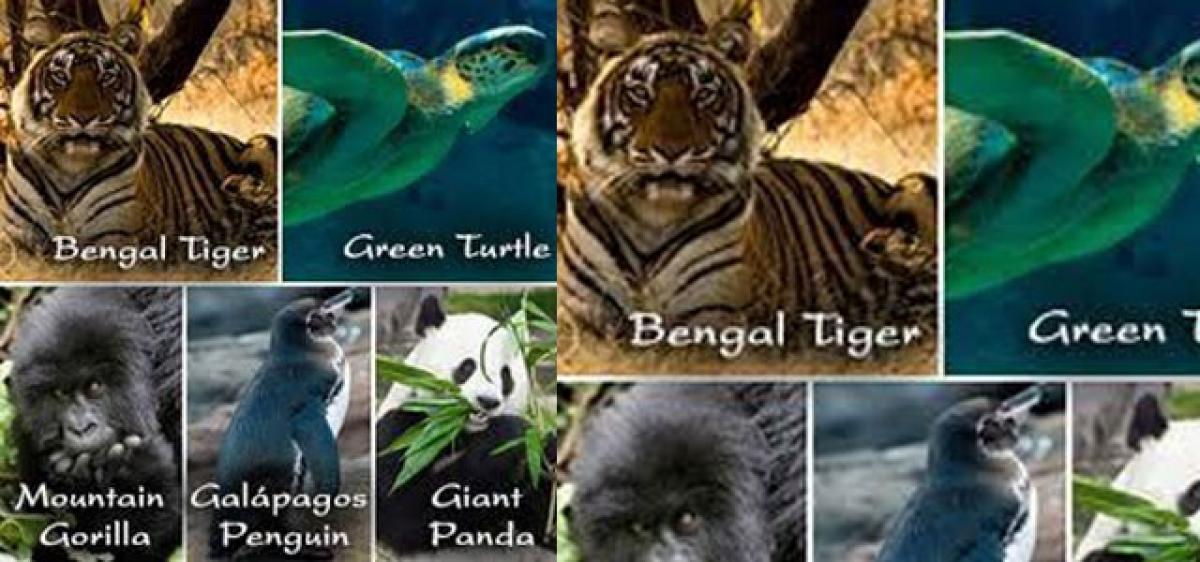Live
- YSRCP forms spl teams to support social media activists
- AI-driven dataset to reveal new insights around diabetes
- Nurturing curiosity, empathy & innovation in children
- Vizianagaram MLC bypoll cancelled
- Governor Abdul Nazeer pays tributes to Pandit Nehru
- AP Assembly session continues for fourth day, discussion on budget today
- YSRCP leader Gowtham Reddy booked for attempt to murder
- Chief Minister A. Revanth Reddy Extends Kartika Purnima Greetings
- CM A. Revanth Reddy Wishes People on Guru Nanak Jayanti
- Wanaparthy District: On Friday morning, a tourist bus lost control and went into the crop fields on National Highway
Just In

Environmentalists, activists of marine conservation and academics are demanding that octopus be included in the list of endangered species to stop its overexploitation for exports from Bay of Bengal. But the Andhra Pradesh government is in two minds about acceding to their request in view of the huge potential of exports.
Environmentalists, activists of marine conservation and academics are demanding that octopus be included in the list of endangered species to stop its overexploitation for exports from Bay of Bengal. But the Andhra Pradesh government is in two minds about acceding to their request in view of the huge potential of exports.
India has 6.5% of the world’s total wildlife species according to a report which was published by the United Nations Office on Drugs and Crime (UNODC) that includes 7.6% of all mammals and 12.6% of all bird species. According a report issued by the International Union for Conservation of Nature (IUCN) Red List in 2014, 15 species of birds, 12 species of mammals, and 18 species of reptiles and amphibians have joined the critically endangered list.
All the states, excluding Jammu and Kashmir (it has its own Act), adopted Wildlife (Protection) Act in 1972 which prohibits any type of trade for endangered and rare species, writes mapsofindia.com. The Act provides for the protection of wild animals, birds and plants; and for matters connected therewith or ancillary or incidental thereto. It has six schedules which give varying degrees of protection.
Schedule I and part II of Schedule II provide absolute protection offences under these are prescribed the highest penalties. Species listed in Schedule III and Schedule IV are also protected, but the penalties are much lower. Schedule V includes the animals which may be hunted. The plants in Schedule VI are prohibited from cultivation and planting.
According to the Red Data List of International Union for Conservation of Nature (IUCN), there are 47 critically endangered species in India (as of 5 September 2011). The Red List of 2012 contains 132 species of plants and animals in India listed as critically endangered, according Wikipedia. The Wild Life (Protection) Act, 1972 has been amended and made more stringent.
The punishment for offences under the Act has been enhanced. The Act also provides for forfeiture of any equipment, vehicle or weapon that is used for committing wildlife offence(s). Protected Areas, viz., National Parks, Sanctuaries, Conservation Reserves and Community Reserves covering important wildlife habitats have been created all over the country under the provisions of the Wild Life (Protection) Act, 1972 to conserve wild animals and their habitats.

© 2024 Hyderabad Media House Limited/The Hans India. All rights reserved. Powered by hocalwire.com







